Wearing out bike tyres and puncturing inner tubes is an unavoidable part of any rider's life, but what should you do when your tyres are unserviceable and your inner tubes can no longer be repaired?
Before you consign a punctured inner tube to landfill, or cast aside a set of tyres, think again. In this guide, we will cover what to do when your tyres and tubes reach the end of their life, whether that's finding an environmentally friendly way to recycle or thrifty options for reuse.
We'll also explain how to tell if your tyres are worn out and how to increase the life of your tyres, with input from experts at Schwalbe, Continental and WTB.
How do I know if my tyres are worn out?
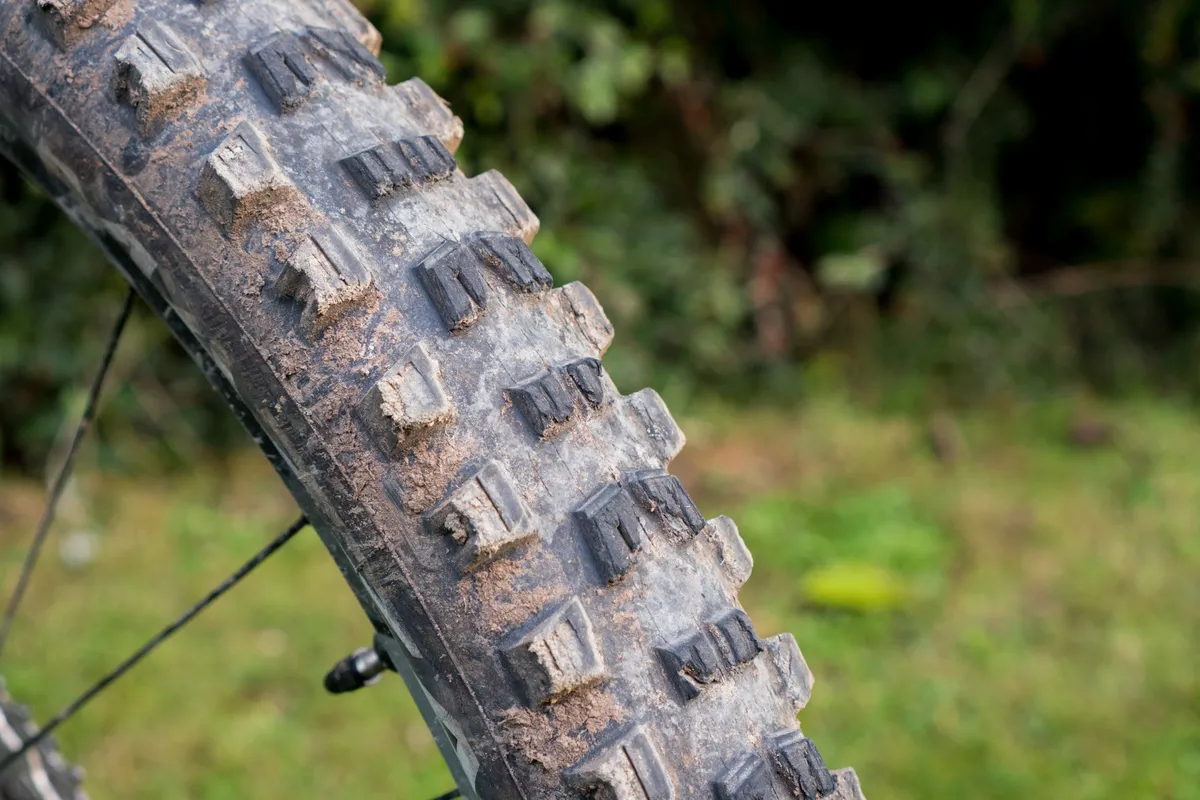
To maintain grip and stay safe, it’s important to know when to replace your tyres. When the tread runs down too low, your tyres will have less grip or be susceptible to a blow-out.
Some bicycle tyres have wear indicators, usually in the form of grooves or pimples that wear away over time. These are a helpful indicator of remaining tyre life, but are not failsafe.
On tyres without wear indicators, warning signs include cuts and slashes to the tread and sidewall, flat spots on the crown of the tyre, and any unusual bumps and bulges. If the tyre casing is visible, it’s certainly time to fit new tyres.
A tyre can also become damaged through a big impact (for example, hitting a pothole at speed), repeated punctures, an irreparable cut or, in most cases, general wear and tear through riding.
If you’re unlucky, a slash to the tyre sidewall can be unrepairable. When the damage is less severe, knowing how to repair a punctured tubeless tyre is friendly on both the environment and your wallet.
How to reduce tyre wear

Reducing the frequency with which you have to repair or replace an inner tube or tyre is the first test before sending anything to landfill.
Some tyres will wear faster than others, so choose a tyre that best suits where and how you’re riding. For example, a lightweight race-focused tyre with a soft compound will likely have a higher wear rate than a durable commuting or winter tyre.
“Choosing the right tyre for the intended purpose, using the right tyre pressure and sensible riding style have a substantial impact on the durability and wear of [your tyre]” says Schwalbe’s corporate social responsibility manager, Felix Jahn.
Riding style also plays a key part in improving tyre life.
The most skilful riders don’t ride in the gutter, thereby avoiding detritus likely to cause punctures, such as broken glass. They also dodge potholes and drain covers, and know how to unweight the bike on rough off-road terrain.
Continental’s Sarah Hohmann-Spohr says storing tyres somewhere with a consistent ambient temperature – not too warm, not too cold – will also help extend lifespan. “Also, keep [tyres] away from the sun when not in use,” she says.
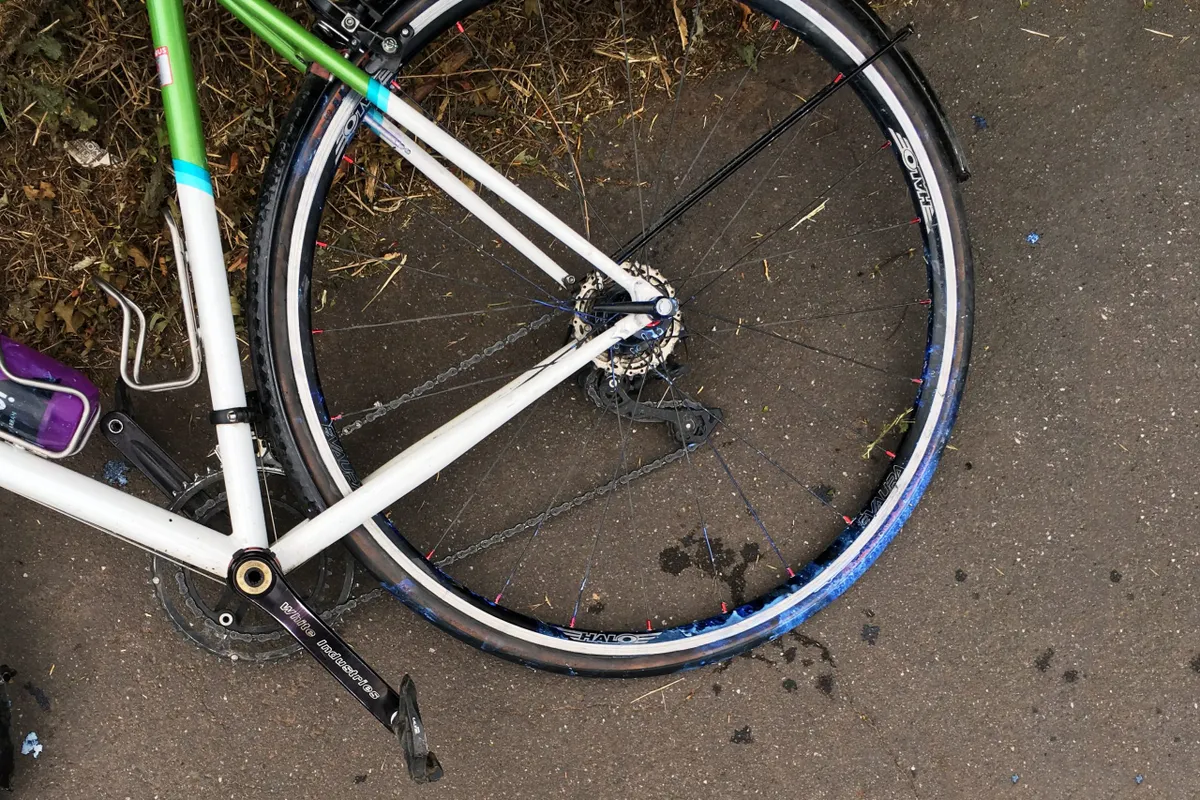
Going tubeless may use fewer inner tubes, but tubeless tyres need thicker casings (therefore, more rubber). Sealant spills can also be messy, even if a number of brands have previously assured BikeRadar that the environmental impact of tubeless sealant is minimal.
As for inner tubes, a TPU construction – for example, the Pirelli P Zero Smartube – may prove more resilient than butyl alternatives and be easier to recycle. In addition, the rubber in butyl inner tubes is made in an energy-intensive process from petroleum.
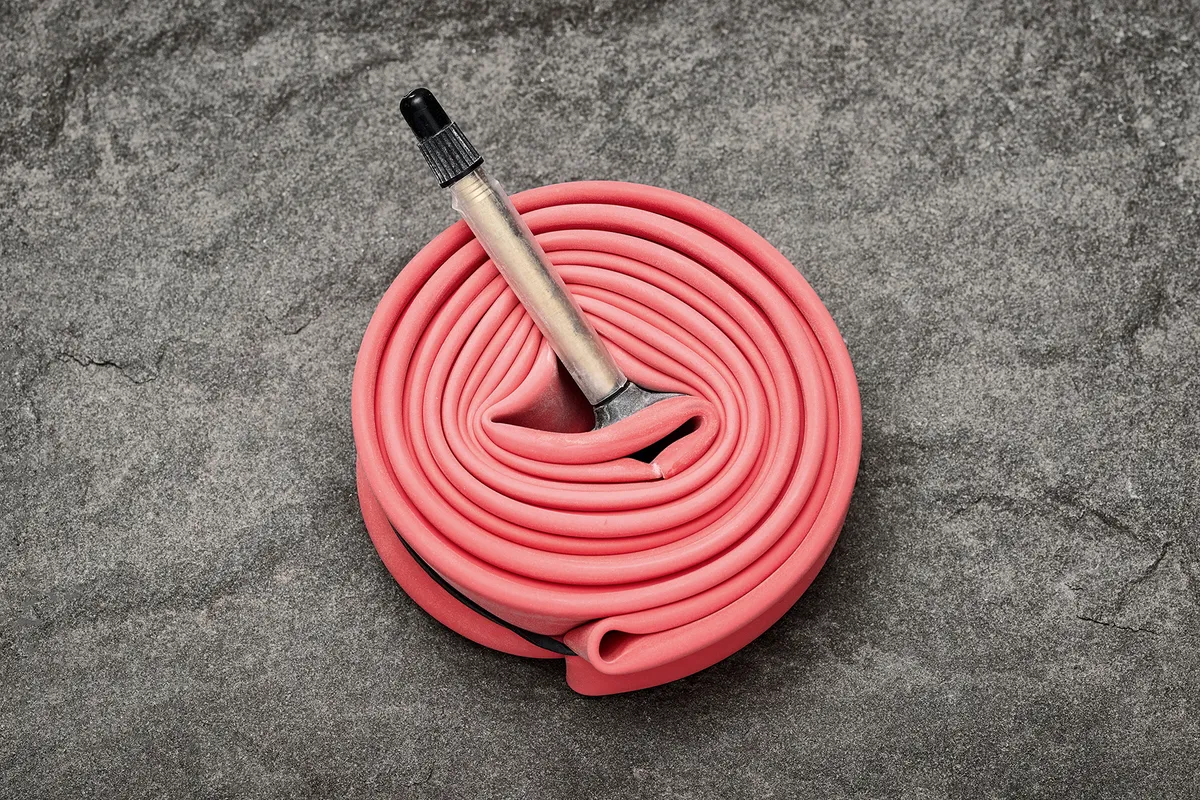
Pricier, fast-rolling latex tubes are more puncture-prone, so won’t last as long, however the natural rubber they contain is carbon-neutral and biodegradable.
Then again, natural rubber has similar sustainability issues to palm oil, since rainforest is cut down in the tropics to make room for rubber tree plantations.
How to reuse tyres or inner tubes
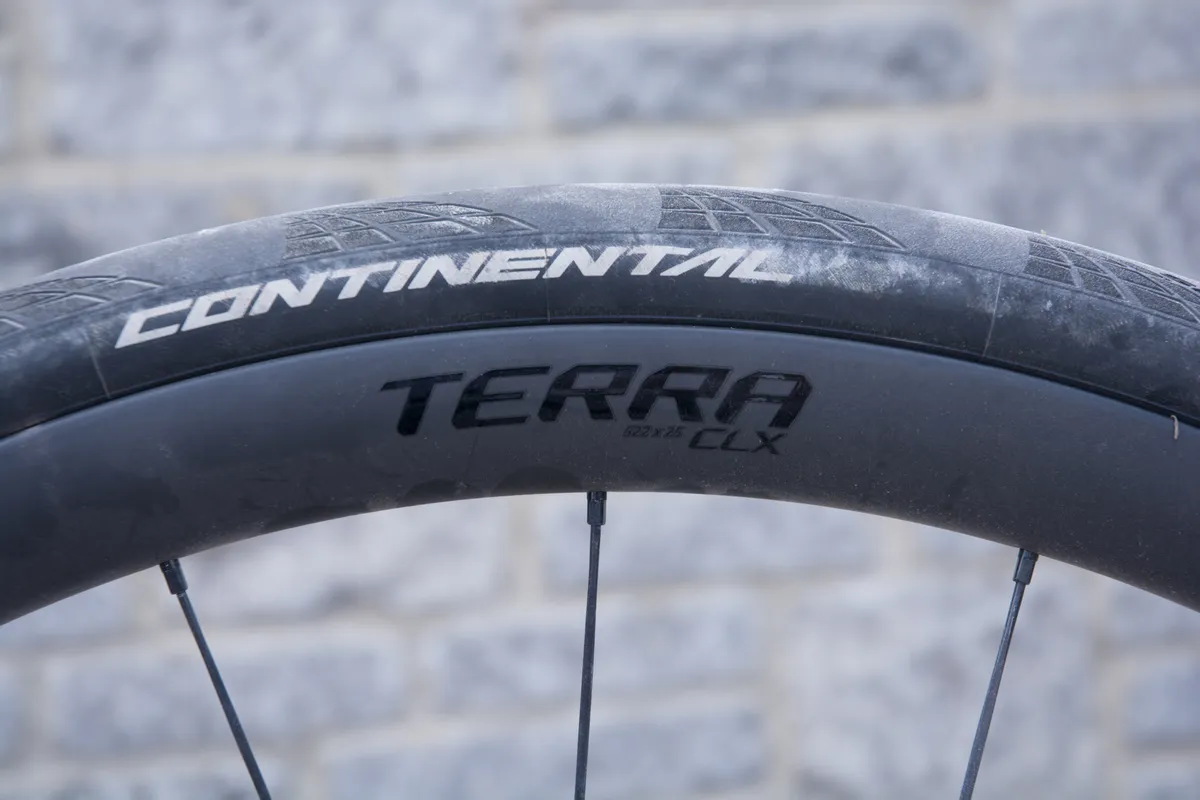
If you do upgrade to a new set of road bike tyres and your old pair are in decent condition, you can still give them a new lease of life.
WTB’s James Heaton says: “To extend the life of your tyres, the simplest answer is to ride them for longer.
“There’s no need to fit new tyres once the tread gets a little bit worn. If you do want to fit new tyres for a specific event, then keep hold of the old ones and re-fit them later when maximum traction isn’t at the top of the agenda.”
A worn but safe set of tyres make perfectly adequate winter, training or commuter tyres, especially if you have a second bike.
Also consider giving them away to a cycling pal, or a cycling charity or cooperative – check before taking them because some projects only accept bikes, not spare parts.
Needless to say, you should always repair punctured inner tubes before throwing them away.
However, there are numerous ways to use irreparable inner tubes.
They can be given a new lease of life as exercise bands or chainstay guards. A thin slice of inner tube can also tidy up a lengthy helmet strap.
If bikepacking is your thing, you can use old inner tubes to protect your frame or paintwork from rubbing against bag straps. Old tubes can also be used as cable ties.
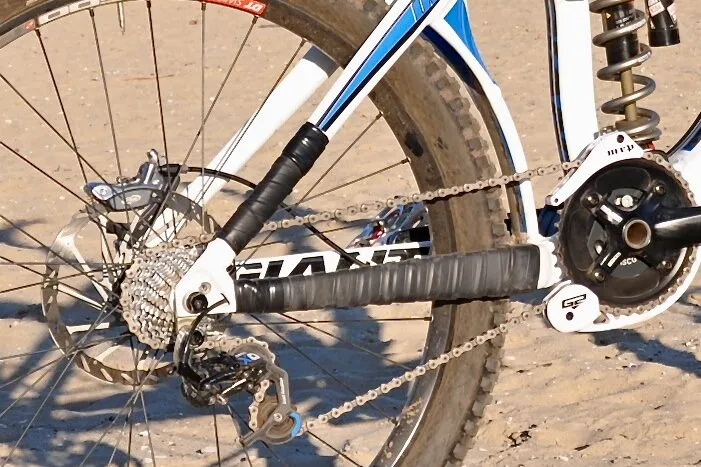
And how about creating an improvised bike stand or storage space by securing tubes to a hook and looping them around the bike’s saddle to suspend it?
An old inner tube's utility is not restricted to cycling, either. Gardeners can use old inner tubes to tie a young plant to a cane. You get the picture – think outside the box and there are lots of potential uses for old inner tubes.
We’ve focused on inner tubes here, but you can also, in theory, give a tyre a new lease of life through retreading (more on this later). However, the process is currently operating on an experimental or bespoke basis.
How to recycle inner tubes
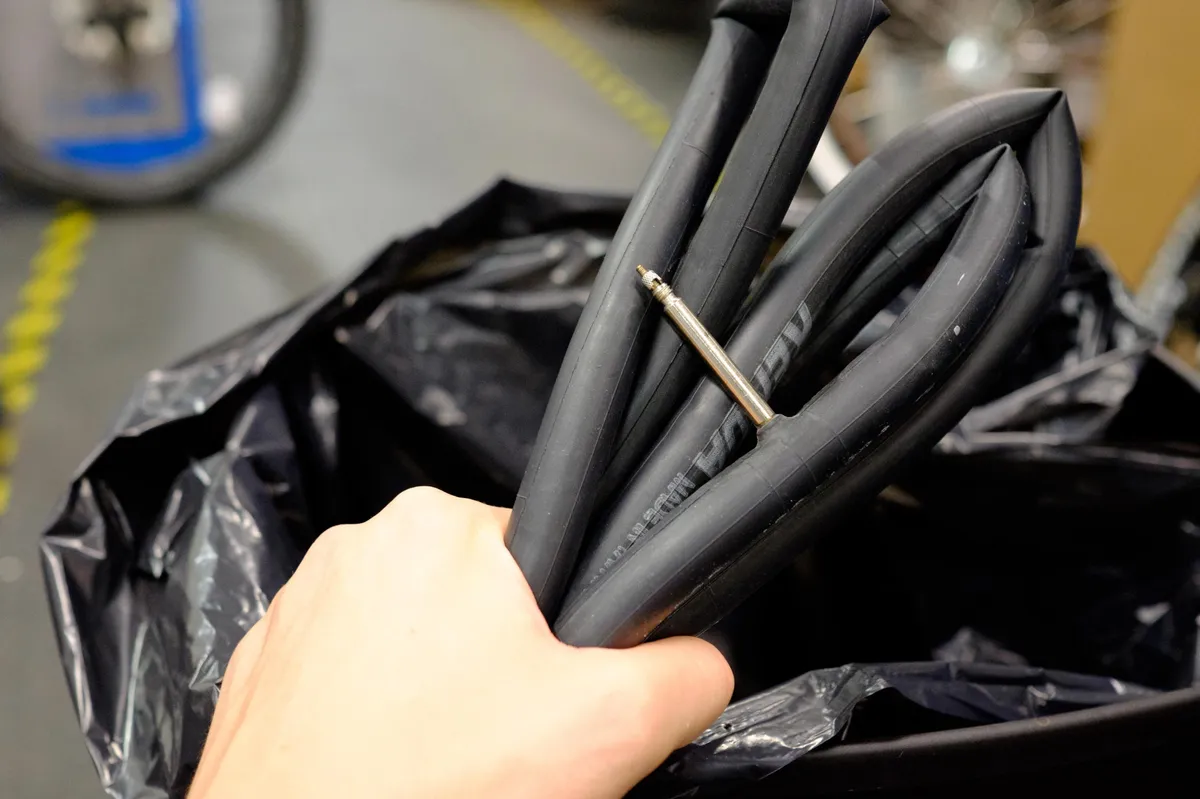
When you’ve exhausted these options, recycling is the most responsible way to dispose of your tyres and tubes.
You can recycle your used tyres and tubes at many local bike shops, thanks to schemes such as the one run by Velorim in the UK.
You can check if your local bike shop participates (in 2021, there were 200 centres in the UK). It’ll usually cost 55p to drop off a tyre and 25p for a tube, so there is a small additional fee involved.
Instead of exporting the rubber, steel and fibre, Velorim converts the waste into safety flooring, construction and insulation products.
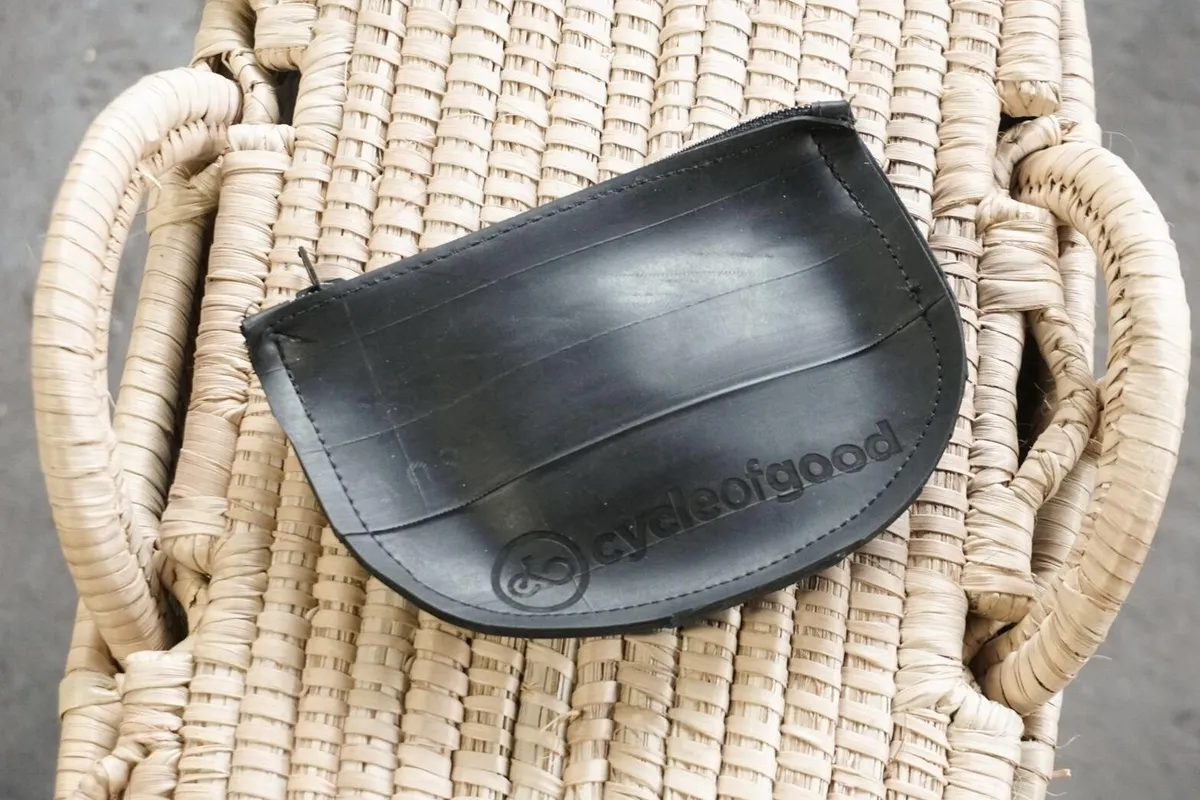
The Cycle of Good charity also has drop-off points in bike shops. The scheme sent 115,408 tubes to Malawi last year, where tailors upcycle the rubber into wallets and belts.
Schwalbe runs its own tube and tyre recycling operation in the UK, Germany, the Netherlands, Belgium and Switzerland. You can hand in any brand’s tubes to your local dealer, who return them to Schwalbe. The manufacturer claims to have collected 1.1 million tubes in 2021.
Schwalbe says its new inner tubes contain 20 per cent recycled old tubes, and producing this recycled rubber consumes a fifth of the energy of making new butyl.
“To recover the butyl rubber, an innovative devulcanization process was developed at the Schwalbe plant in Indonesia,” according to Schwalbe’s Steffen Jungst, who says every tube is 100 per cent recyclable.
“Compared to the production of new butyl, the whole process saves us 80 per cent energy consumption.”
If you can't find a local recycling option, think twice before dumping your tubes. According to Continental, discarded tyres take up a lot of room in landfill, can trap methane gas, become buoyant and rise to the surface, which can break the landfill liner, spreading pollutants into soil and groundwater.
How to recycle bike tyres
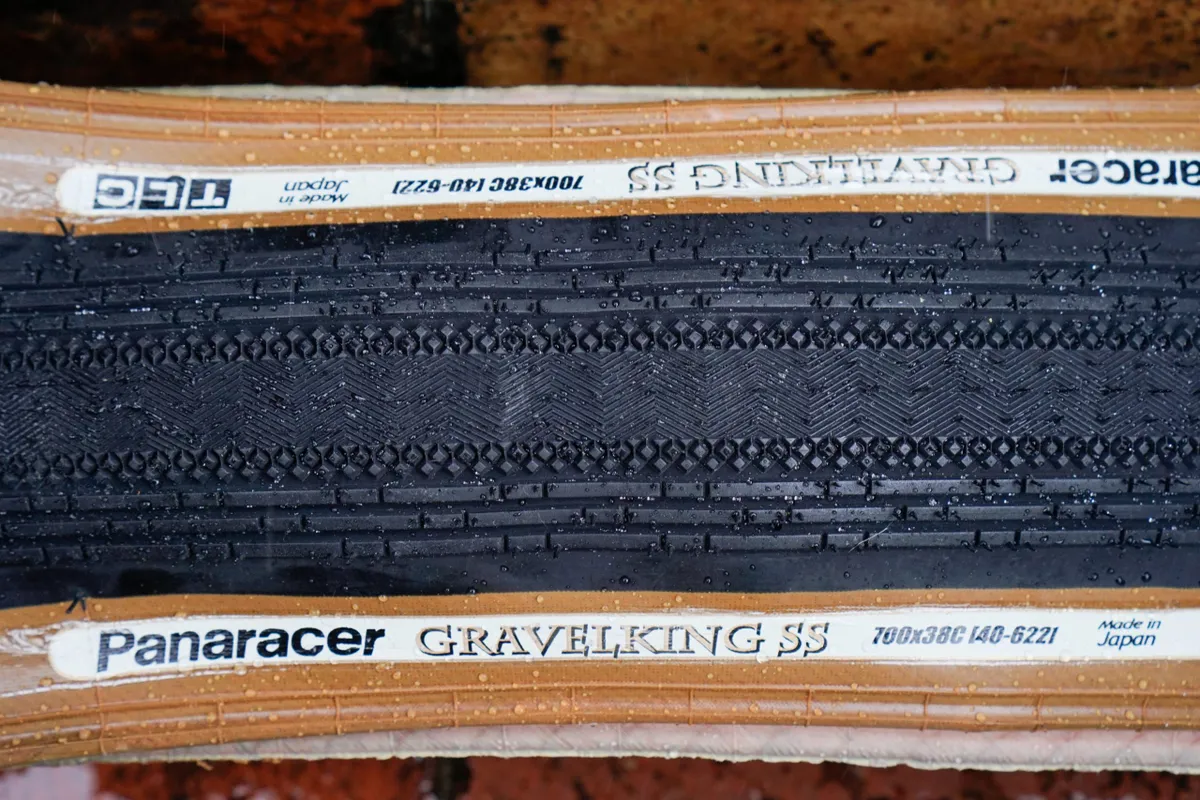
Regardless of material (butyl, latex, TPU), inner tubes tend to contain a single ingredient, making them simpler to recycle.
As WTB's Heaton points out, tyres have multiple constituents, adding: “The bead is not made from rubber and must be removed to be recycled separately.”
This means there are fewer options when it comes to recycling tyres, but there are positive developments on the horizon.
Vittoria Group CEO and president Stijn Vriends believes that repairing tyres is a better long-term waste reduction solution than recycling.
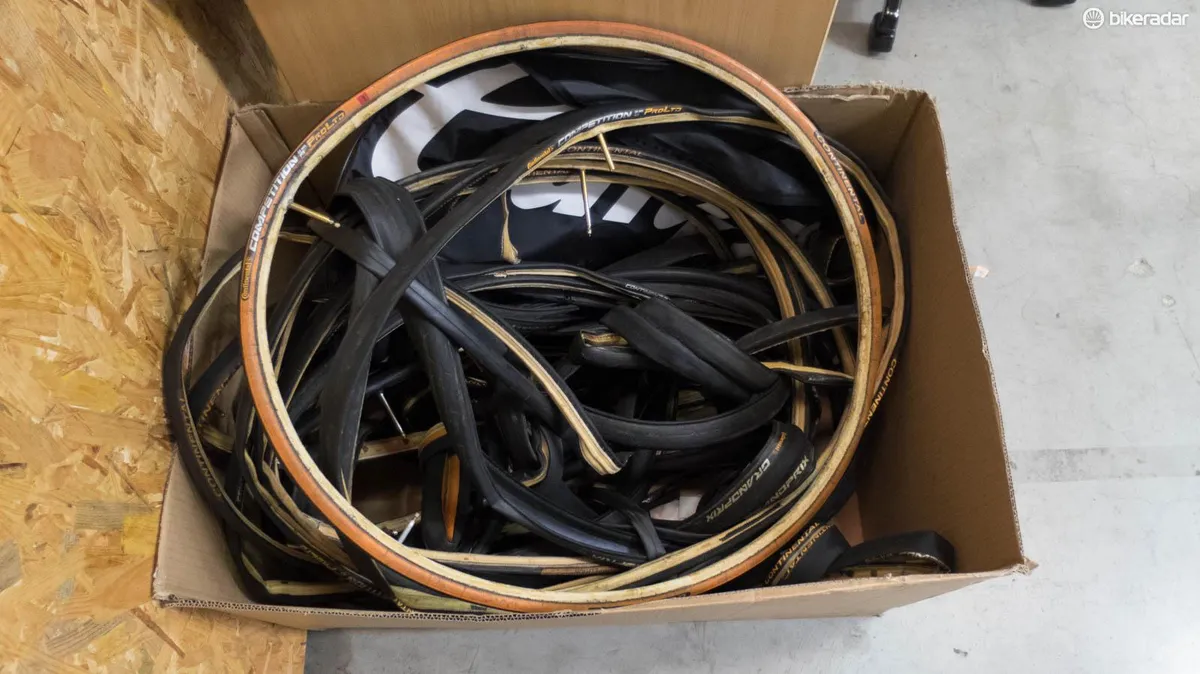
Vittoria is currently able to add new treads to worn-out tyres in its Dutch factory. While the current operation is small, Vriends says there is the ambition to increase the scale. In a proposed scheme, riders would take a subscription to a tyre and potentially use the same carcass for five years.
A similar scheme from Continental aims to use its ContiLifeCycle factory, which currently retreads car and truck tyres, in order to renew all of its bike products by 2050.
Vittoria’s Vriends would also like the tyre industry to collaborate to collect and recycle each other's tyres and tubes, instead of running standalone schemes.
While Schwalbe's inner tubes are recyclable, it is struggling to make its tyres fully recyclable, but says it will be soon.
“Currently, we run a pilot project for tyre recycling,” says Jahn. “It is much more difficult because of the material mix, but we are very confident.”
